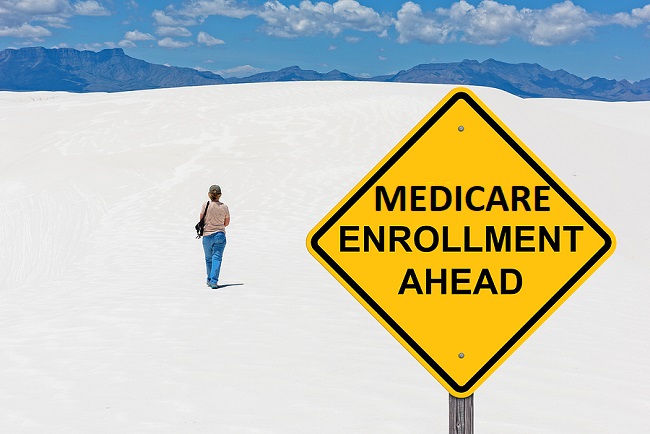Medicare enrollment mistakes can leave you with the wrong coverage for your needs – or no coverage at all. To avoid paying too much or losing out on the benefits you want, you need to know a few things about Medicare enrollment.
When You Can Enroll
Medicare has multiple enrollment periods that occur at different times. Which period you can use will depend on your situation. Here are the main periods to know about:
- Initial Enrollment Period: This is a seven-month sign-up period that occurs when you turn 65 and age into Medicare. It covers the three months before your birthday month, your birthday month and the three months after your birthday month. If you want coverage to start the month you turn 65, you should sign up before your birthday month.
- General Enrollment Period: Between January 1 and March 31 every year, the General Enrollment Period gives eligible beneficiaries who missed their Initial Enrollment Period another chance to sign up for Medicare. But be warned – coverage won’t start until July, and you may face expensive late enrollment penalties.
- Special Enrollment Periods: Special Enrollment Periods can be triggered by various events. For example, if you qualify for penalty free late enrollment because you have eligible group health coverage from active employment, you will have a Special Enrollment Period to sign up for Medicare when your employment or coverage ends. Special Enrollment Periods can also give you an opportunity to change your plan selection, for example, if you move or if you qualify for a Special Needs Plan.
- Fall Annual Election Period: The fall Annual Election Period occurs every year between October 15 and December 7. This is when all Medicare enrollees have the opportunity to change their plan selection for the following year. After your initial enrollment, this will likely be the most important enrollment period for you.
What Choices You Have
As a Medicare beneficiary, you have many coverage choices.
- Original Medicare refers to Medicare Part A (hospital insurance) and Medicare Part B (medical insurance). People who enroll in Original Medicare can also purchase a Medicare Supplement Insurance Plan (also called Medigap) to help with out-of-pocket costs.
- Medicare Advantage, also called Medicare Part C, is a private alternative to Original Medicare. Medicare Advantage plans offer the same benefits as Original Medicare, and many plans offer prescription drug coverage and other additional benefits as well. Plan types and details vary, and depending on where you live, you may have access to numerous plans to choose from.
- Medicare Part D provides your prescription drug coverage. These are private plans, and you may have access to multiple options in your area. When comparing plans, be sure to consider coverage and costs for any prescriptions you take.
Each year, you can review your coverage during the fall Annual Election Period. During this time, if you have Original Medicare, you can switch to Medicare Advantage if you want. If you have Medicare Advantage, you can switch to a different Medicare Advantage plan or to Original Medicare. You can also switch your Medicare Part D Prescription Drug Coverage.
How You Can Enroll
To sign up for Medicare for the first time, you should contact the Social Security Administration before your 65th birthday. If you are already receiving Social Security Retirement Benefits when you turn 65, you may be automatically enrolled in Medicare Parts A and B, and you will receive a notice of this.
To find Medicare Advantage and Medicare Part D plans, you can use the Medicare Plan Finder tool. This tool will show you plans available in your area and help you compare your out-of-pocket costs.
Confused? A Medicare agent can help you review your options and enroll in a plan that meets your needs. Contact PTT to get connected with an agent.

